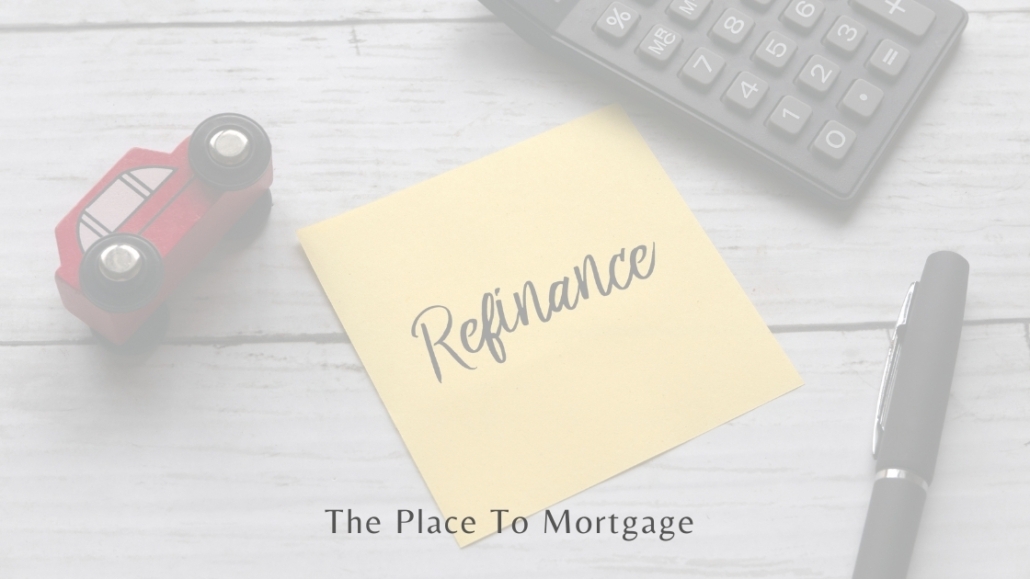As a homeowner, you likely understand the importance of finding the right mortgage. But what happens when your financial situation changes and your current mortgage no longer fits your needs? This is where mortgage refinancing comes in. Refinancing your mortgage can help you reduce your monthly payments, consolidate debt, and access equity.
Benefits of Mortgage Refinancing
One of the most significant benefits of refinancing your mortgage is that it can help you reduce your monthly payments. This can be achieved by obtaining a lower interest rate, extending the term of your mortgage, or both. For example, if you have a 30-year mortgage with a 6% interest rate, refinancing to a 20 year mortgage with a 4% interest rate could save you thousands of dollars over the life of your loan.
Another benefit of refinancing is the ability to consolidate debt. If you have high-interest credit card debt or other loans, you can use the equity in your home to pay off those debts and consolidate them into one monthly payment. This can help you save money on interest and simplify your finances.
Finally, refinancing can also help you access equity in your home. If your home has increased in value since you purchased it, you can refinance to take out a larger loan and use the extra cash for home improvements, education, or other expenses.
How to Refinance Your Mortgage
To refinance your mortgage, you will need to meet certain eligibility requirements, such as having a good credit score and a stable income. You will also need to provide documentation, such as tax returns, pay stubs, and bank statements, to prove your financial stability.
The process of refinancing involves several steps, including researching lenders, comparing interest rates and fees, and submitting an application. It’s important to work with a mortgage professional who can guide you through the process and help you find the best refinancing option for your needs.
Types of Refinancing Options
There are several types of mortgage refinancing options available in Canada. The most common type is a standard refinance, which involves replacing your current mortgage with a new one at a lower interest rate or with different terms.
Another option is a home equity loan, which allows you to borrow against the equity in your home. This type of refinancing is typically used for debt-consolidation major expenses, such as consumer debt, home renovations or education.
A third option is a home equity line of credit (HELOC), which is a revolving line of credit that allows you to borrow against your home equity as needed. HELOCs can be useful for ongoing expenses, such as home repairs or medical bills.
Risks and Considerations
While mortgage refinancing can offer many benefits, there are also risks and downsides to consider. For example, refinancing can result in higher interest rates, fees, and penalties. It’s important to carefully review the terms of any refinancing option and calculate the total cost of the loan over its lifetime.
Another risk to consider is the potential impact on your credit score. Applying for multiple refinancing options or taking on too much debt can negatively impact your credit score.
Finally, it’s important to consider the long-term implications of refinancing. Extending the term of your mortgage, for example, can lower your monthly payments but also increase the total cost of the loan over time.
Mortgage refinancing can be a useful tool for Canadian homeowners looking to reduce their monthly payments, consolidate debt, or access equity. By understanding the benefits, processes, and different types of refinancing options available, you can make an informed decision about whether or not to refinance. Remember to work with a mortgage professional who can guide you through the process and help you find the best refinancing option for your needs. Contact one of our knowledgeable brokers at The Place To Mortgage to explore your refinancing options and take control of your financial future.

